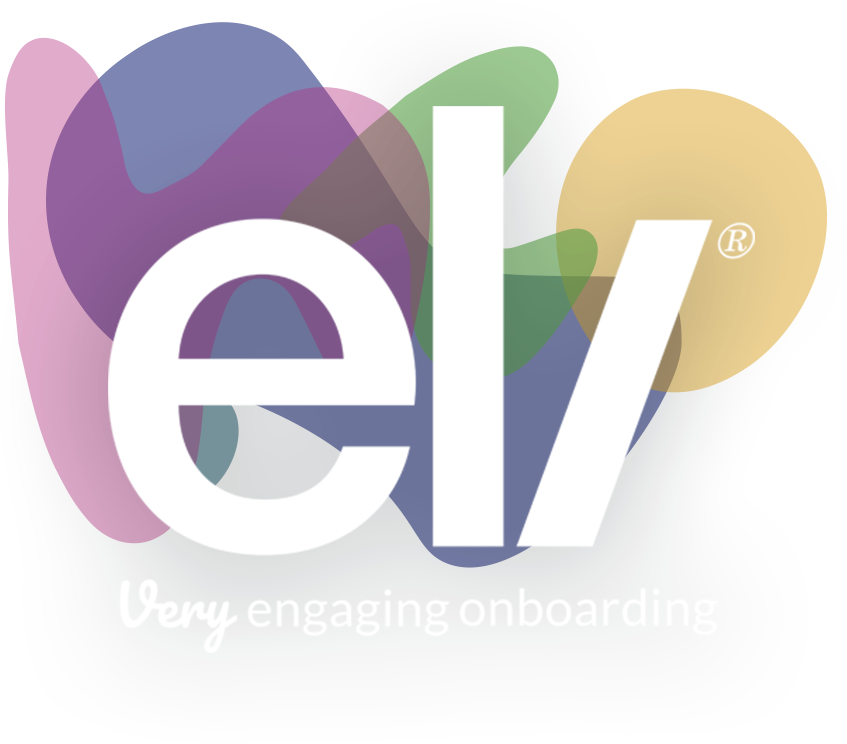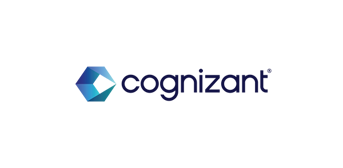How to track engagement during onboarding (and stop reneges)
 Published by Noel Thomas 14/01/2025
Published by Noel Thomas 14/01/2025
A great onboarding experience will set your new hires up for success. Of course, it’s more than just paperwork, policies and compliance; it’s about integrating new people into your organisation’s culture and ensuring they feel welcomed. Giving them the knowledge they need to feel prepared and to contribute effectively, as well as building connections internally that will help them thrive.
An engaged person is far more likely to achieve these outcomes and have a longer career with you, while a disengaged employee may struggle to find their place. But as a business, how can you know which is which?
According to a study by Glassdoor, organisations with a strong onboarding process improve new hire retention by 82% and productivity by over 70%. So, understanding whether your new hires are engaged (or disengaged) has significant financial implications for any organisation.
The challenges of tracking engagement
Tracking engagement during onboarding presents significant challenges. Many traditional methods provide valuable insights but often fail to offer the immediacy needed to address disengagement as it happens. Delays in identifying issues can lead to missed opportunities to support new hires effectively, potentially resulting in higher attrition rates.
Conducting regular surveys helps gather feedback on the onboarding experience and overall satisfaction levels. However, these tools often provide retrospective insights rather than real-time data. And, tracking key metrics such as time-to-productivity, retention rates, and participation in onboarding activities can indicate engagement levels but may not highlight immediate concerns. Nor will any of these metrics give you any insight before day one.
Encouraging open communication and regular feedback from new hires is essential, as is using any tools you have at your disposal to monitor wellbeing and mental health. Timely pulse surveys can also shed light on the challenges an individual might be having, but monitoring, analysing and acting on this insight quickly is difficult for over-stretched HR functions and busy line managers.
Few of these methods allow for real-time decision-making, which is crucial when addressing disengagement. Identifying and resolving issues promptly can make the difference between a disengaged new hire leaving, or staying and thriving within the company.
Eli Insights™ removes all these challenges and puts you (and your line managers) in control. Eli Insights™ knows your organisation and the new hires joining you, tracking and analysing millions of data points to give each person a bespoke engagement score. In real time, and at every point of their onboarding journey. Disengaged employees are flagged immediately allowing you to make quick, informed decisions that support new hires, reducing the risk of dropout and early attrition, and improving engagement, wellbeing and performance. This is what our Director of Experience, Noel Thomas, had to say.
A&M, an Eli client, recently tracked a £1.6m cost avoidance over two years, after an 8% reduction in employee turnover across EMEA. A&M’s stability index (the percentage of employees who have been at A&M over 12 months) also saw a ^12% positive shift.
By investing in an engaging onboarding experience, organisations can set the foundation for long-term employee satisfaction and success. And, by leveraging real-time tracking tools like Eli Insights™, they can also ensure their onboarding experience enhances retention, productivity, and wellbeing on an individual level.




